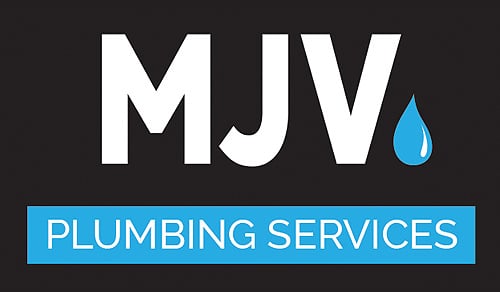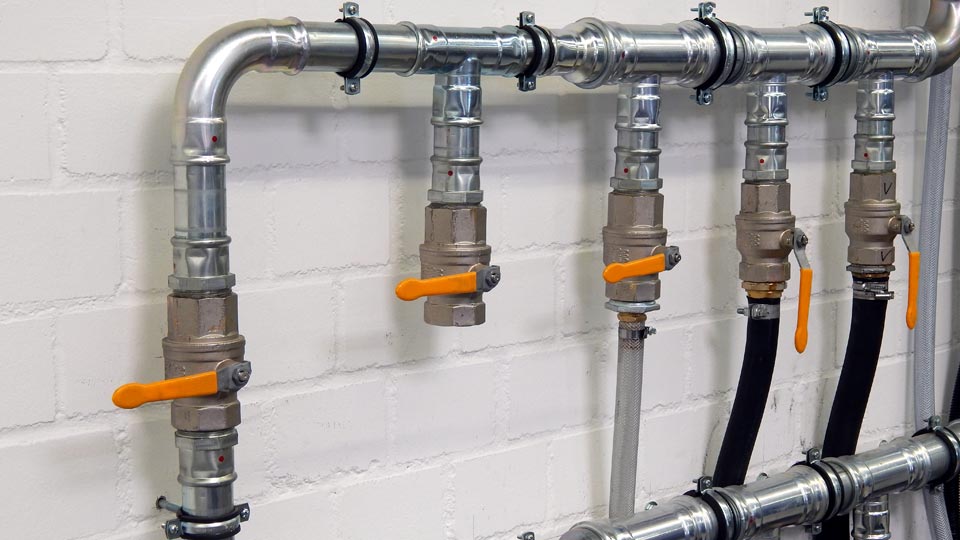Have you ever turned on a faucet or flushed a toilet and wondered about the intricate system of pipes and mechanisms that make it all work? Plumbing is one of those essential components of modern life that we often take for granted until something goes wrong. But understanding how plumbing works can not only help you appreciate the engineering marvel behind it but also empower you to troubleshoot minor issues and make informed decisions about maintenance and upgrades. Also, let’s have a deeper look at how plumber Moonee Ponds can be your saviours.
The Basics of Plumbing Systems
At its core, a plumbing system consists of a network of pipes, valves, fixtures, and fittings designed to transport water into and out of a building. The two main subsystems are the supply system, which brings clean water in, and the drainage system, which removes wastewater.
Supply System:
The water supply enters your home from a municipal water main or a private well. It typically passes through a water meter (for metered connections) and a shutoff valve before branching off into different supply lines that feed fixtures like sinks, toilets, showers, and appliances such as dishwashers and washing machines. These supply lines are usually made of copper, PVC (polyvinyl chloride), PEX (cross-linked polyethylene), or other materials designed to withstand the pressure and corrosion associated with transporting water.
Drainage System:
Wastewater from sinks, showers, toilets, and appliances flows through drainpipes connected to a main sewer line or a septic tank. Gravity plays a crucial role in this system, as wastewater naturally flows downhill. Vent pipes, which extend from drainpipes to the roof, allow sewer gases to escape and prevent airlocks that could slow drainage.
How Water Gets Where It’s Needed
Ever wonder how water flows seamlessly from your faucet with just a turn of the handle? It’s all thanks to a combination of pressure and gravity working together.
Water Pressure:
Water pressure is what pushes water through the pipes and out of fixtures. In a municipal water supply system, pressure is typically maintained by water towers or pumping stations. When you open a faucet, you release the pressure in the pipes, allowing water to flow.
Gravity:
Gravity helps move wastewater down drainpipes and out of your home. Drainpipes are installed at a slight downward angle, known as the slope, to ensure that water flows smoothly toward the main sewer line or septic tank. The proper slope is crucial to prevent backups and ensure efficient drainage.
Common Plumbing Fixtures and Their Mechanisms
Plumbing fixtures come in various shapes and sizes, but they all operate on similar principles. Let’s take a closer look at some common fixtures and how they work:
Faucets:
Faucets control the flow of water from supply pipes to sinks, tubs, and showers. Most faucets use a combination of valves and seals to regulate water flow. Turning the handle opens or closes the valves, allowing water to pass through or shutting it off completely.
Toilets:
Toilets are more complex than they might seem at first glance. When you flush a toilet, a chain or lever lifts the flapper valve at the bottom of the tank, allowing water to rush into the bowl and flush away waste. The tank then refills with water from the supply line, ready for the next flush.
Drains:
Drains are openings in sinks, tubs, and showers that allow wastewater to exit your home. A drain mechanism often includes a strainer or stopper to prevent debris from clogging the pipes. Some drains also have built-in traps, curved sections of pipe that hold water to block sewer gases from entering your home.
Troubleshooting Plumbing Problems
Despite their robust design, plumbing systems can develop issues over time. Here are a few common problems and how to address them:
Clogged Drains:
If water is slow to drain or won’t drain at all, there may be a clog in the pipes. Try using a plunger or plumbing snake to dislodge the blockage. For stubborn clogs, you may need to call a professional plumber.
Leaky Faucets:
Leaky faucets are not only annoying but also wasteful. In most cases, a leaky faucet can be fixed by replacing worn-out seals or O-rings. If the problem persists, you may need to replace the entire faucet.
Low Water Pressure:
Low water pressure can be caused by a variety of factors, including mineral buildup in the pipes, leaks, or problems with the municipal water supply. If only one fixture has low pressure, the issue may be localized. Otherwise, you may need to contact your water provider or a plumber for assistance.
How does Plumber Moonee Ponds Help in Keeping Your Plumbing Seamless?
Now that you have understood how plumbing works, it still needs a lot to keep it working in the best condition. Let’s have a look at how plumbers can help you out:
1. Regular Inspections and Maintenance:
Plumbers conduct routine inspections to catch potential issues early, preventing larger problems down the line. Through preventive maintenance tasks like drain cleaning and fixture inspections, they keep your plumbing system in top condition.
2. Efficient Repairs and Replacements:
Plumbers swiftly diagnose and repair plumbing issues, from leaks to clogged drains, ensuring minimal disruption to your daily life. In emergencies, they offer prompt services to mitigate damage. Additionally, they assist in replacing old fixtures with newer, more efficient models.
3. Upgrades and Improvements:
Plumbers help modernize outdated plumbing systems by recommending and installing more efficient alternatives. This includes upgrading to water-saving fixtures and addressing aging pipes through relining or repiping techniques.
4. Compliance with Building Codes:
With their knowledge of local building codes, plumbers ensure that all repairs and installations meet regulatory standards. By adhering to these codes, they guarantee the safety and functionality of your plumbing system while avoiding potential legal issues.
Conclusion
Plumbing may seem like magic, but it’s just a combination of science, engineering, and good old-fashioned craftsmanship. By understanding the basics of how plumbing works, and hiring plumber Moonee Ponds you can better appreciate the convenience it brings to your daily life and take proactive steps to maintain your home’s plumbing system. So the next time you turn on the tap or flush the toilet, take a moment to marvel at the intricate workings behind the scenes. Also if you face any issues in your plumbing systems, do not forget that our professionals from MJV Plumbing Services are just a call away to help you out.


Add Comment